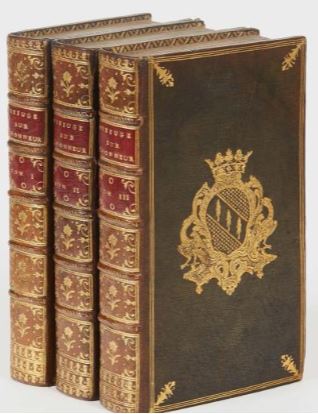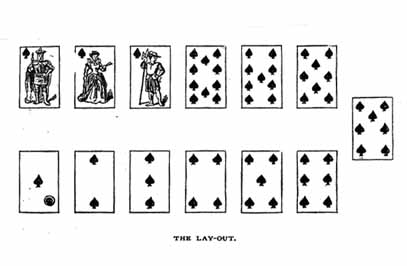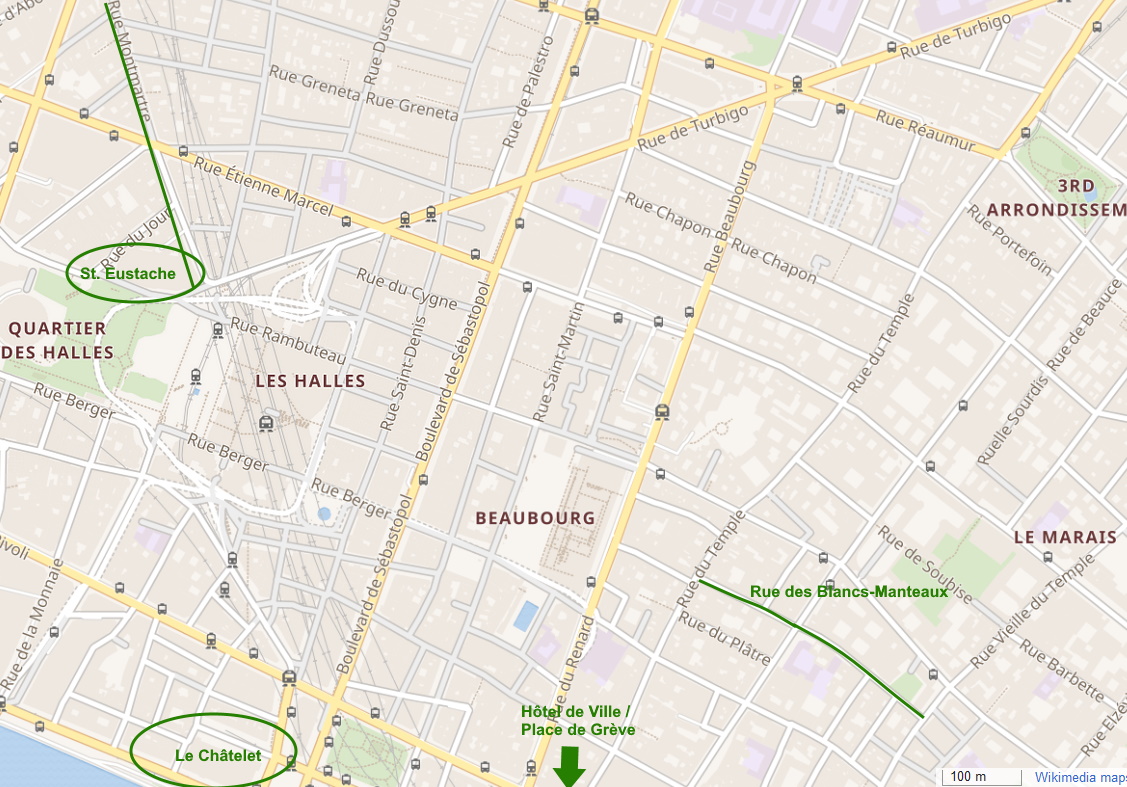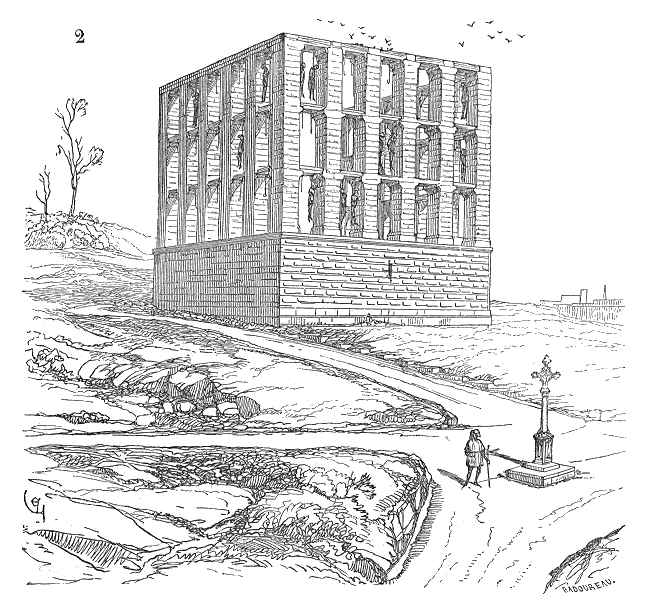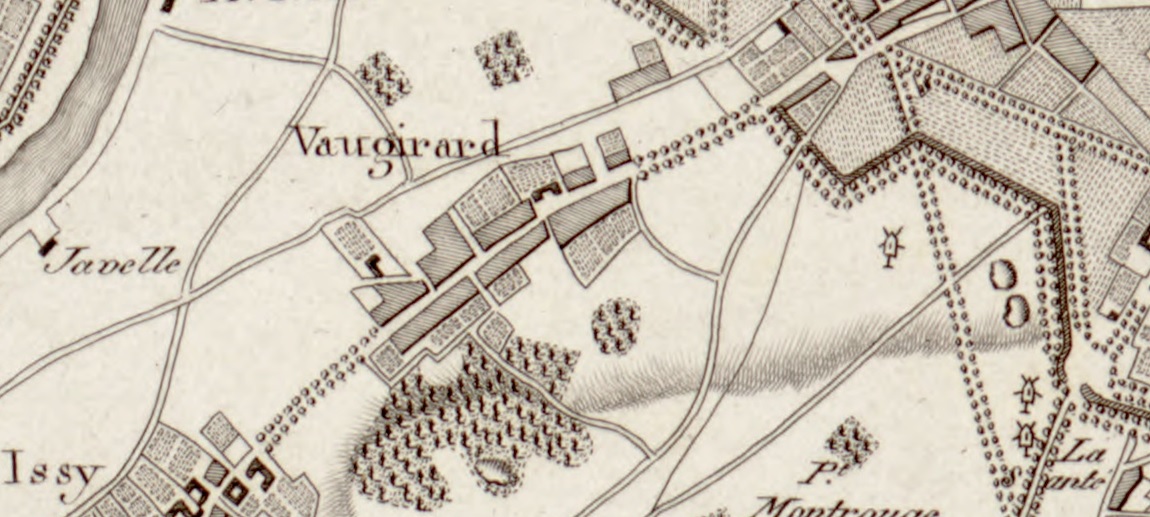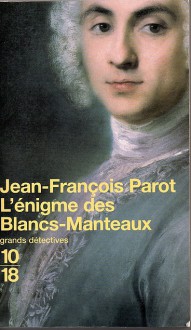
(French text and images below.)
Well, that's a wrap. Somewhat against my own expectations, I finished this book in just under a week. As I suspected, we don't actually learn that much more in the final 150 pages, even though the action continued to move at a sprightly pace. There were a few more things I could have done without
(including but not limited to the "dark and stormy night" goings-on which the author, it turns out, had only been saving for the book's final chase(s), as well as a veritable "coup de théâtre" during the final conclave which might easily have backfired in real life),
and the author's choice to present the solution in a Golden Age mystery-style "final conclave" didn't really work for me, not least because -- but for the revelations that actually only follow the "final conclave" -- much of what Nicolas says there had at the very least been on the cards since the book's halfway mark or (in part) longer. But to the last, the book's biggest draw for me was the historical detail -- Parot clearly knows what he's writing about, and he is very good at building it into the story's setting and atmosphere. (Unlike in other, similar cases, I didn't even mind the footnotes; by and large, they actually worked better for me than a lengthy "historical note" at the end of the book would have done.) As I said to Tannat in a comment on yesterday's status update, the book feels like Parot is taking the reader on a tour of 18th century Paris (and 18th century Paris society), while at the same time telling a detective story. Overall, that made for a very enjoyable experience.
~~~~~~~~~~~~~~~~~~~~
Eh bien, voilà tout fini! Plus ou moins contre mes propres expectations, j'ai fini ce livre dans un peu moins d'une semaine. Comme j'avais supposé, on n'apprend plus grand'chose dans les 150 pages finales, bien que l'action continue d'avancer à un pas assez gaillard. Il y avait encore quelques élements de plus auquels j'aurais bien voulu renoncer
(tels que les évenements "nuit sinistre et orageuse" qu'il émerge que l'auteur avait seulement conservé aux chasses finales, autant qu'un véritable coup de théâtre durant le "conclave final" qui aurait bien pu finir manière retour du bâton dans la vie réelle),
et le choix de l'auteur de présenter la grande solution façon "conclave final" d'un roman policier de l'Âge Doré ne m'a pas exactement enchanté, non des moindres parce que -- à part des révélations qui, en fait, suivent au "conclave final" -- beaucoup des faits y mentionnés par Nicolas avaient été au moins possibles depuis la moitié du livre (ou même plus longtemps). Mais jusqu'au moment dernier l'attraction la plus grande du livre, pour moi, était le détail historique -- c'est clair que Parot sait de quoi il parle, et il réussit bien à l'intégrer dans la mise en scène et l'atmosphère du récit. (Au contraire d'autres cas pareils, même les notes individuelles de l'auteur ne m'ont pas dérangé; tout-en-un, je les ai préféré à une longue note historique à la fin du livre.) Comme j'ai dit à Tannat dans un commentaire à mon status update de hier, ce livre me parait comme si Parot avait invité le lecteur à un tour du Paris du 18e siècle (et de la société parisienne du 18e siècle), tout en nous racontant une histoire policière. En somme, cela a fait une expérience bien plaisante.
~~~~~~~~~~~~~~~~~~~~
Final images:

Etienne Jeaurat: Le carnaval des rues de Paris (oil on cloth, 1757, Paris, Musée Carnavalet)
The Carnaval de Paris lasted, in the 17th and 18th centuries, from the day after Epiphany (Twelfth Night) until Ash Wednesday / the beginning of Lent.
 Ebony and ivory Janseist crucifix: Christ is shown hanging with His hands above His head, so as to make His body form an arrow (rather than the "T" form of the traditional crucifix with His arms outstretched at a right angle to His body). The arrow pointing down to the congregation in the Janseist cruxifix signified that Christ died only for the elect; whereas the traditional crucifix featuring outstretched arms indicates that Christ died for the whole world.
Ebony and ivory Janseist crucifix: Christ is shown hanging with His hands above His head, so as to make His body form an arrow (rather than the "T" form of the traditional crucifix with His arms outstretched at a right angle to His body). The arrow pointing down to the congregation in the Janseist cruxifix signified that Christ died only for the elect; whereas the traditional crucifix featuring outstretched arms indicates that Christ died for the whole world.



François Boucher: The Crocodile Hunt and The Leopard Hunt (both 1736), Charles Parrosel: The Hunt of the Wild Boar (1738), and Charles André van Loo: The Bear Hunt (1739), some of Louis XV's "chasses exotiques", then at Versailles -- all now at the Musée de Picardie in Amiens. (Right-click on an image to see a larger version.)


An 18th century map of the faubourg Saint-Marcel (or Saint-Marceau) -- in the 17th and 18th centuries, an extremely poor and downtrodden working class area -- and its location on a map of the modern city (it was outside the city walls in the 18th century). Rousseau wrote in his Confessions:
"En entrant [à Paris] par le faubourg Saint-Marceau je ne vis que de petites rues sales et puantes, de vilaines maisons noires, l’air de malpropreté, de la pauvreté, des mendiants, des charretiers, des ravaudeuses, des crieuses de tisane et de vieux chapeaux. Tout cela me frappa d’abord à un tel point que tout ce que j’ai vu depuis à Paris de magnificence réelle n’a pu détruire cette première impression, et qu’il m’en est resté toujours un secret dégoût pour l’habitation de cette capitale."


Guérande (Nicolas's home town) and its location on a satelite map.
~~~~~~~~~~~~~~~~~~~~
Previous status updates:

 Log in with Facebook
Log in with Facebook 


